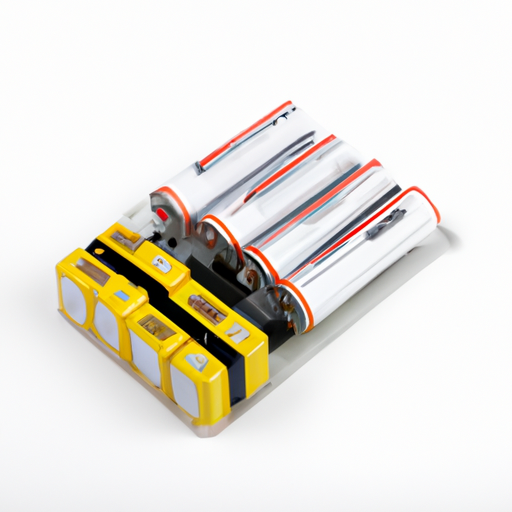Advantages of Using LiFePO4 Battery Cells in Renewable Energy Systems

Advantages of Using LiFePO4 Battery Cells in Renewable Energy Systems Renewable energy systems have gained significant popularity in recent years due to their ability to harness clean and sustainable sources of power. These systems, such as solar panels and wind turbines, are becoming increasingly common in both residential and commercial settings. However, one of the challenges faced by these systems is the storage and management of the energy they generate. This is where LiFePO4 battery cells come into play, offering numerous advantages that make them the best choice for renewable energy systems. One of the key advantages of LiFePO4 battery cells is their high energy density. This means that they can store a large amount of energy in a relatively small and compact size. This is particularly important for renewable energy systems, as they often have limited space available for battery storage. With LiFePO4 battery cells, system designers can maximize the energy storage capacity without compromising on space requirements. In addition to their high energy density, LiFePO4 battery cells also have a long cycle life. This refers to the number of charge and discharge cycles a battery can undergo before its capacity starts to degrade significantly. LiFePO4 battery cells have an impressive cycle life, often exceeding 2000 cycles. This means that they can be charged and discharged daily for many years without experiencing a significant decrease in performance. This is crucial for renewable energy systems, as they require batteries that can withstand frequent charging and discharging to effectively store and release energy.
| Type | Capacity | CCA | Weight | Size |
| L45B19 | 45Ah | 495A | 4.3kg | 197*128*200mm |
| L45B24 | 45Ah | 495A | 4.6kg | 238*133*198mm |
| L60B24 | 60Ah | 660A | 5.6kg | 238*133*198mm |
| L60D23 | 60Ah | 660A | 5.7kg | 230*174*200mm |
| L75D23 | 75Ah | 825A | 6.7kg | 230*174*200mm |
| L90D23 | 90Ah | 990A | 7.8kg | 230*174*200mm |
| L45H4 | 45Ah | 495A | 4.7kg | 207*175*190mm |
| L60H4 | 60Ah | 660A | 5.7kg | 207*175*190mm |
| L75H4 | 75Ah | 825A | 6.7kg | 207*175*190mm |
| L60H5 | 60Ah | 660A | 5.8kg | 244*176*189mm |
| L75H5 | 75Ah | 825A | 6.7kg | 244*176*189mm |
| L90H5 | 90Ah | 990A | 7.7kg | 244*176*189mm |
 Lastly, LiFePO4 battery cells are more environmentally friendly compared to other battery chemistries. They do not contain toxic heavy metals, such as lead or cadmium, which are commonly found in lead-acid batteries. Additionally, LiFePO4 battery cells have a lower carbon footprint, as they require fewer raw materials and energy-intensive manufacturing processes. By choosing LiFePO4 battery cells for renewable energy systems, users can contribute to a cleaner and greener future.
Lastly, LiFePO4 battery cells are more environmentally friendly compared to other battery chemistries. They do not contain toxic heavy metals, such as lead or cadmium, which are commonly found in lead-acid batteries. Additionally, LiFePO4 battery cells have a lower carbon footprint, as they require fewer raw materials and energy-intensive manufacturing processes. By choosing LiFePO4 battery cells for renewable energy systems, users can contribute to a cleaner and greener future.






